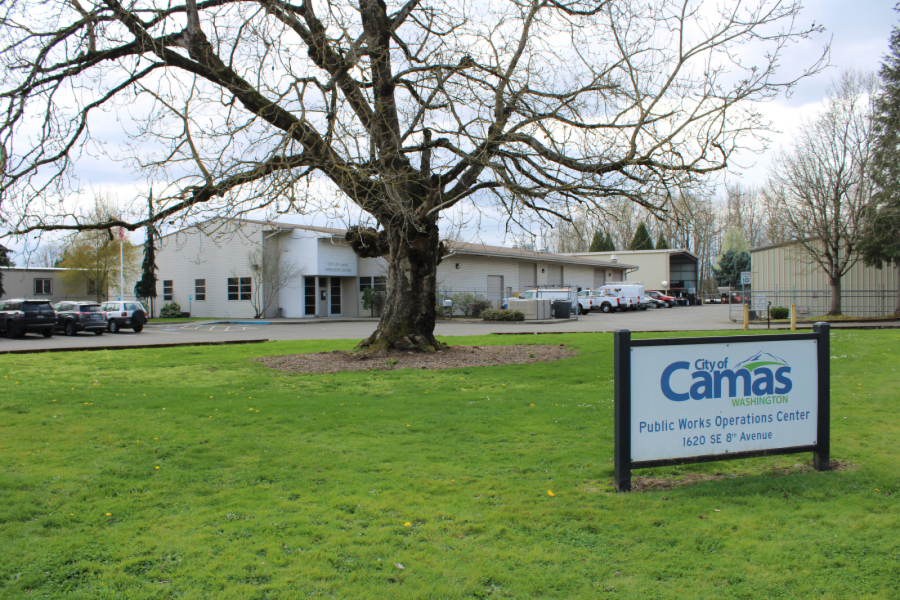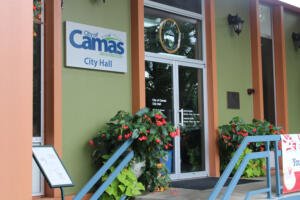Camas city officials will soon consider raising utility rates to help keep up with rising costs and capital building needs.
Camas Public Works Director Steve Wall, along with FCS Group consultant Sergey Tarasov, presented utility rate analysis to the Camas City Council during the Council’s Sept. 5 and Sept. 18 workshops.
Wall said Monday that he plans to bring the issue back to the Council for more in-depth discussions during the Council’s second October meeting on Monday, Oct. 16.
“The costs of services in all areas of the City continues to rise, including utility services,” Wall told the Council this month. “Additionally, to continue serving both existing and new customers, and allow for necessary repair and replacement of equipment, the City’s capital improvement program is relatively large and puts additional pressure on the utility rates.”
Wall and Tarasov broke their discussion of possible rate increases into two presentations — with an initial water and sewer rate analysis presented during the Council’s first September workshop and a stormwater and solid waste (garbage) utility rate analysis presented to Council members this week, during their Sept. 18 workshop.





